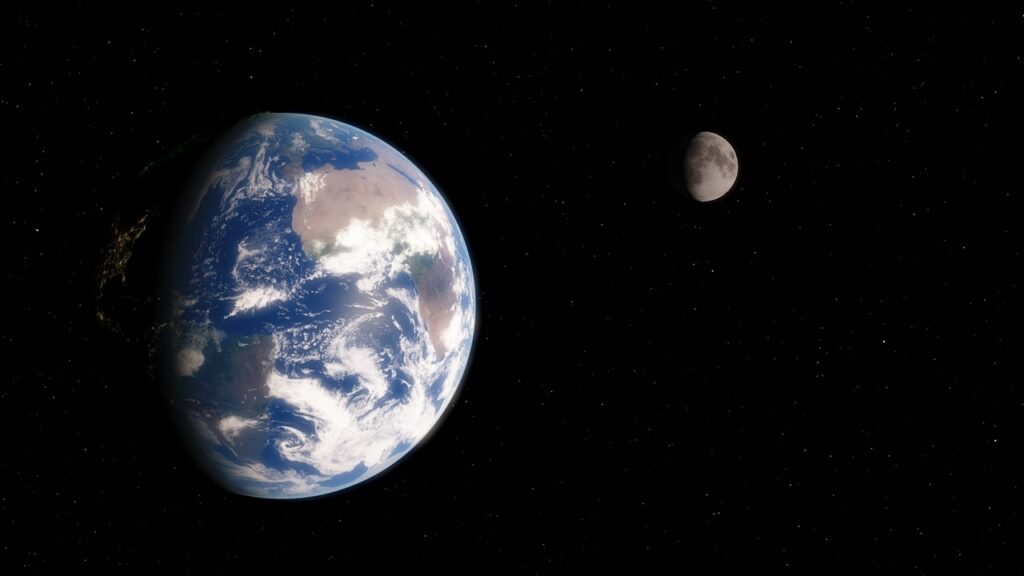
180-Did the Hubble Telescope Confirm the First Exomoon?
April 11

Exomoons: Why are massive moons very important for life?
With the discovery of thousands of exoplanets around other stars, scientists have begun to wonder about the moons which orbit them. In particular how these so called exomoons affect the habitability of the planets they orbit.
It turns out that having a massive moon was important for the existence and evolution of complex life on earth. Other then producing tides that helped life move on to land, a massive moon prevents Earth’s axial tilt from changing drastically.
The Hubble and Kepler space telescopes found evidence for what could be a giant moon accompanying a gas-giant planet that orbits the star Kepler-1625, located 8,000 light-years away in the constellation Cygnus. The moon may be as big as Neptune and it orbits a planet several times more massive than Jupiter.